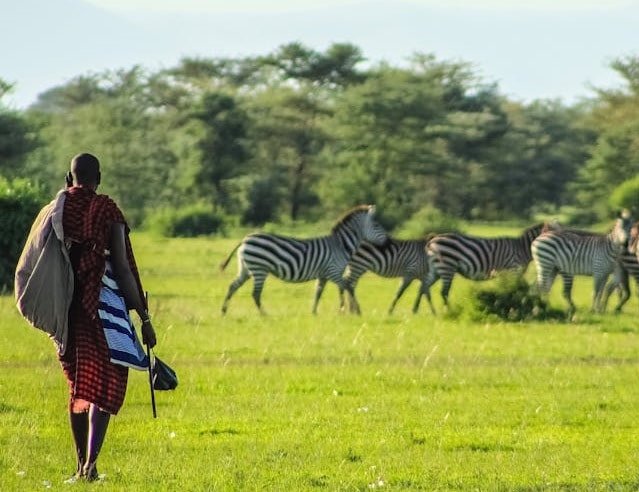Walking safari villages in Tanzania are really worth your time, unlike the typical safari where you sit in a jeep and watch animals from a distance, walking safari villages in Tanzania let you slow down, feel the land under your feet, and actually meet the people who live in the shadow of the wild. Here, you are not just a tourist, you are part of the rhythm of life. The air smells different, the land feels alive, and every step tells a story. These villages are places where culture and nature blend into something unforgettable.
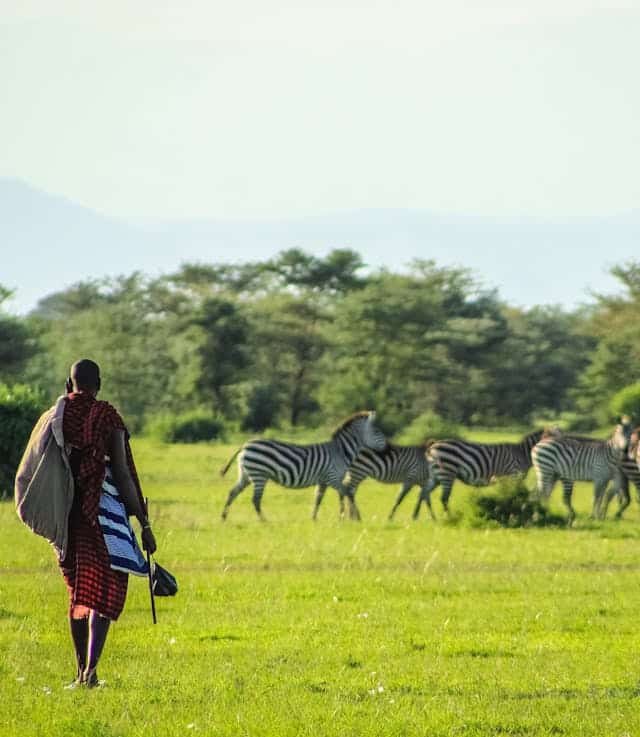
What Makes Walking Safari Villages in Tanzania Different
The difference lies in intimacy. In a vehicle safari, you are separated by glass and metal. On a walking safari, the world is open. You can hear the crunch of dry grass, the distant laugh of children in the village, and the calls of birds overhead. Villages that open their doors to walking safaris let you see both worlds at once—the daily life of Tanzanian families and the untamed wilderness just outside their homes.
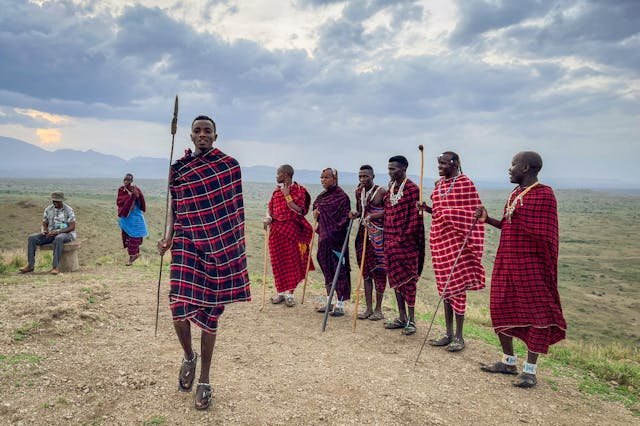
How to Start Your Journey
Planning to explore walking safari villages in Tanzania does not need to be complicated. Most of these villages are near famous parks and reserves, but they give you something the parks cannot: human connection. You can book local guides who know the area better than anyone, join community-led walks, and even stay overnight in homestays or small lodges within the villages. The key is to choose places where walking safaris are already part of village life, so your visit feels natural.
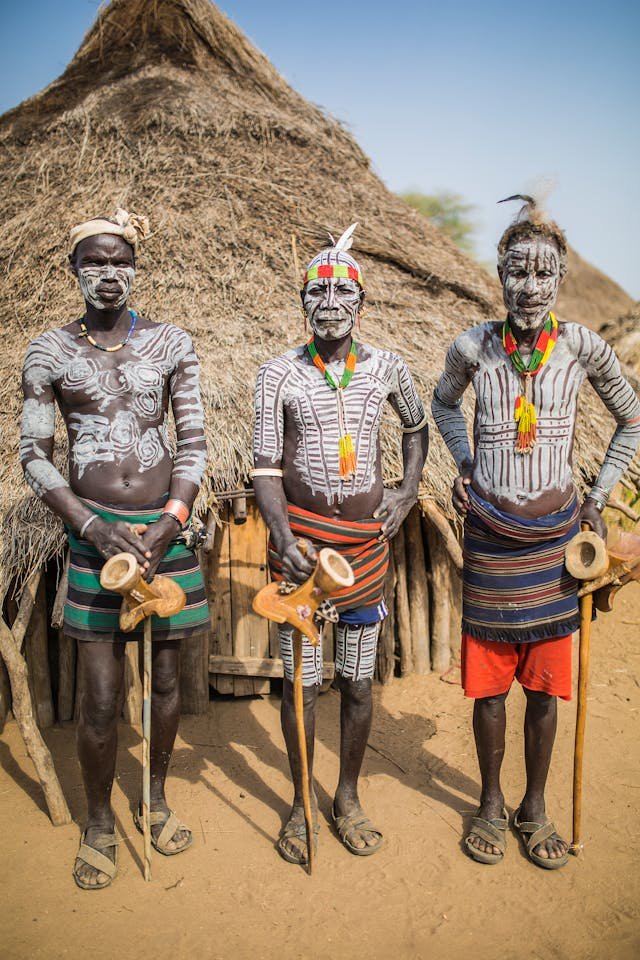
Getting There
Most walking safari villages in Tanzania are accessible from Arusha, the safari hub of the country. From there, you can arrange transport with local operators or travel by bus and then connect with local guides. Expect bumpy roads, but the journey is part of the adventure.
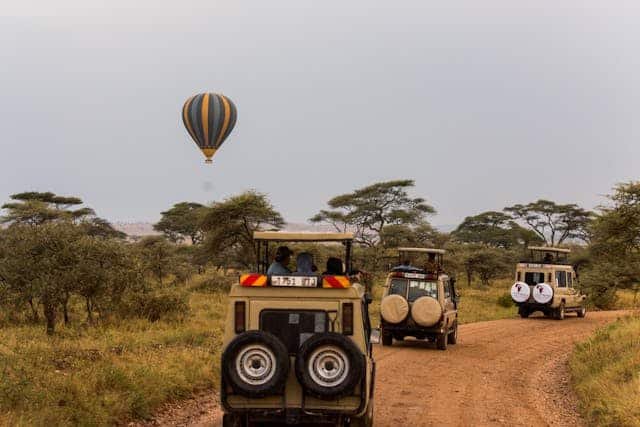
What to Pack
Bring good walking shoes, lightweight clothes for the day, warmer layers for the evening, and a hat to protect from the sun. Don’t forget refillable water bottles, insect repellent, and a camera—but keep your hands free most of the time, because the experience is about being present.
Top Walking Safari Villages in Tanzania to Explore
Mto wa Mbu Village
This village is famous for its diversity. Over 100 tribes call it home, and walking through Mto wa Mbu feels like walking across Tanzania in miniature. Here, you can join walking safaris that pass banana plantations, rice paddies, and local markets. It’s also close to Lake Manyara, so your walk can end with flamingos in the distance.
Ng’iresi Village
On the slopes of Mount Meru, Ng’iresi is run by the Meru people. Walking safaris here bring you through small farms, waterfalls, and viewpoints that open up to endless plains. The village offers cultural programs where you can learn how to cook local dishes or visit traditional homes.
Ilkiding’a Village
This is a Maasai village close to Arusha where walking safaris take you deeper into pastoral life. You’ll walk among cattle, meet elders, and hear stories of how the Maasai live with nature. The landscapes here are dramatic, with rolling hills and wide skies.
Tengeru Village
Tengeru is known for its coffee plantations. A walking safari through the village often includes a stop to see how coffee is grown, harvested, and roasted. You can walk through farms, taste fresh coffee, and chat with local farmers.
Mulala Village
High on the slopes of Mount Meru, Mulala offers a different kind of walking safari. Here, the Agape women’s group runs cultural tours that blend farming, nature walks, and village life. You can walk past lush gardens, learn about cheese-making, and taste homegrown food.
The Real Experience of Walking Safaris
Meeting People
One of the most rewarding parts of walking safari villages in Tanzania is the human connection. You will meet women weaving baskets, farmers tending crops, children playing, and elders ready to share stories. These moments stay with you longer than a snapshot of a lion in the distance.
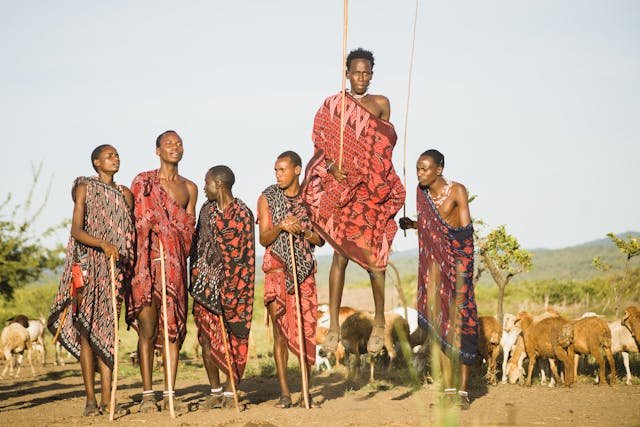
Seeing Wildlife on Foot
Don’t think walking safari villages are only about people. Birds are everywhere—brightly colored bee-eaters, kingfishers, and weavers. You may see monkeys, bushbuck, or even zebras grazing near the edge of the villages. The thrill is that you’re on foot, sharing the ground with them.
Food and Daily Life
Villages invite you to sit and eat. Meals are simple but delicious—ugali with vegetables, grilled meat, bananas, fresh fruit, and sometimes local brews. Eating with a family is an experience that makes you feel part of the community.
Staying in Walking Safari Villages
Homestays
Many villages offer homestays where you live with a family. You get your own simple room, share meals, and join the rhythm of daily chores. It’s not luxury, but it’s real, and that’s what makes it unforgettable.
Small Eco-Lodges
Some walking safari villages in Tanzania have small lodges built with local materials. They provide comfort while still being close to the village. These places often employ local staff and use profits to support community projects.
Camping Options
For those who want even more adventure, camping is possible in some villages. You can set up near the edge of farms or designated community camping sites. Nights under the Tanzanian sky are magical—stars feel close enough to touch.
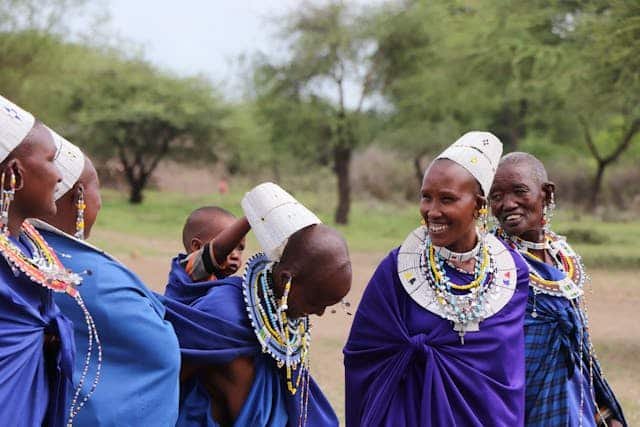
Activities Beyond Walking
Farming Tours
Join local farmers in their fields, learn how bananas and maize are grown, and even try your hand at traditional farming tools.
Craft Workshops
Villages often offer workshops where you can learn to weave, bead, or carve. These are not just souvenirs—they are lessons in patience and skill.
Traditional Music and Dance
Evenings in walking safari villages sometimes end with dance and music. Drums beat, feet stamp, and you’re invited to join in. It’s joyful, unpolished, and authentic.
Cooking Lessons
You can learn how to cook local dishes, from grinding maize to preparing banana stew. The best part? You get to eat your own cooking with your hosts.
Costs and Budget Tips
Walking safari villages in Tanzania are more affordable than big safari lodges. Entry fees to villages are usually small, guides are reasonably priced, and meals are inexpensive. Homestays can be as low as $20–$30 per night with meals included, while small eco-lodges might cost a bit more. Always carry some extra cash, as many villages don’t use cards.
Responsible Travel in Walking Safari Villages
Respect Local Culture
Always ask before taking photos of people. Dress modestly in villages. Greet people politely—it makes a big difference.
Support the Community
Buy crafts directly from villagers, hire local guides, and choose homestays where money goes back into the community.
Travel Lightly
Walking safari villages thrive because they are still natural and unspoiled. Don’t leave waste, don’t disrupt wildlife, and walk with respect.
Why This Experience Stays With You
What makes walking safari villages in Tanzania unforgettable is the balance: you see wildlife in its natural home, but you also meet the people who have lived alongside it for generations. You don’t just watch—you walk, you share, you connect. When you leave, you take with you not just photos, but friendships and a deep sense of connection to a land that feels alive.
People also ask about: Walking Safaris for Beginners: Safe, Easy & Mind-Blowing Routes

